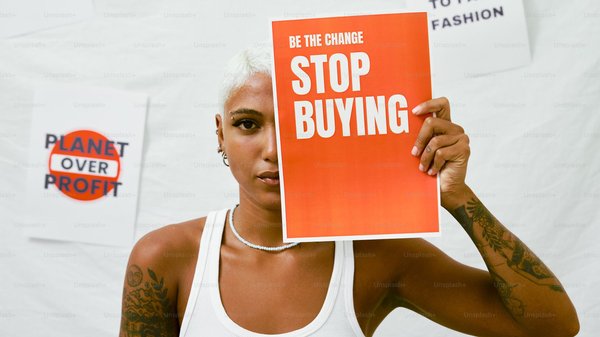The new codes of premium /
Sign Salad CEO Alex Gordon on how the visual cues of luxury are shifting and how brands are adapting

The face of premium-ness is changing across the West. Trust in institutions has eroded and brands have been subject to the same decline of faith. And while consumers still seek premium products and experiences, the visual and language cues used to communicate premium-ness are evolving.
Luxury goods have historically maintained their elite status through the mythic power of elevated pricing and enhanced consumer experience, supported by limited ranges. This strategy still seems to be working, especially in emerging markets in East Asia and the Middle East, where the economies are strong, disposable income is more prevalent, and conspicuous consumption remains a personal goal.

But in the West, where economies are contracting, competition within categories is increasing, and consumers demand more for less, there is an even greater need for brands to stand out and differentiate themselves, to gain that all important competitive advantage.
Perhaps most importantly, there is a clear shift away from the deference demanded by the traditional premium brands and their class-based elitism, towards a culture of engaged partnership in which brands invite consumers to engage in peer-to-peer conversations, rather than imposing their superiority.
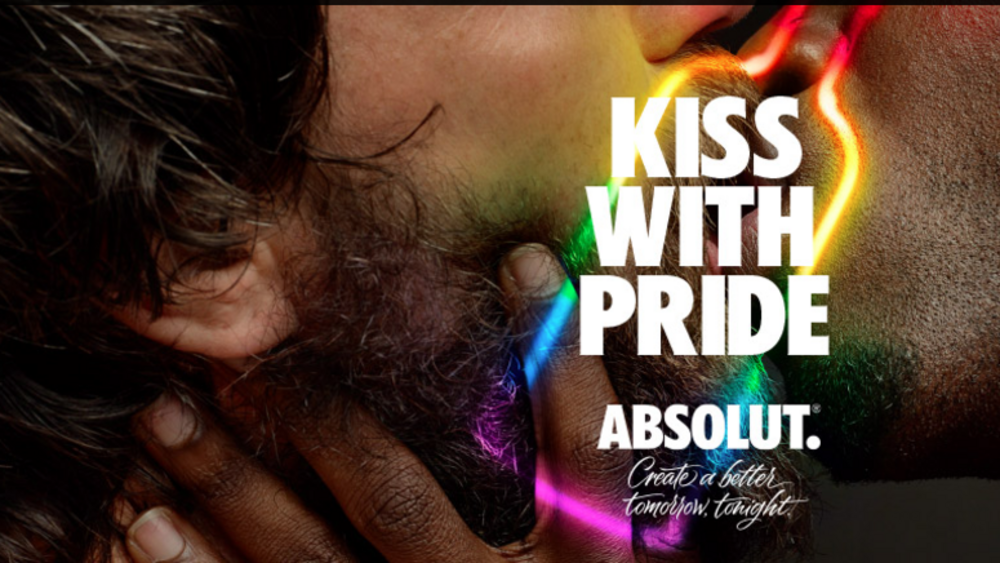
Previously, brands focused in on the aristocratic heritage of their founders, and their storied lineage to suggest superiority. For example, the presence of founders’ signatures has implied a ‘seal of approval’ from the original historical creator of the product. This imprimatur of time-tested excellence by the owner of the brand, who shared the product with the public all those years ago, conveyed its premium-ness.

This emphasis on age as a premium benefit is further signaled by the use of dates, coding long-standing expertise and repeated success in re-production to higher standards. This is further embodied by repeated use of the words – ‘founded’, ‘established’, ‘since’ – as formal indicators of heritage and status. A traceable lineage and history is a marker of aristocratic families and, hence, the brands referencing their origins imply an inflated importance and quality.
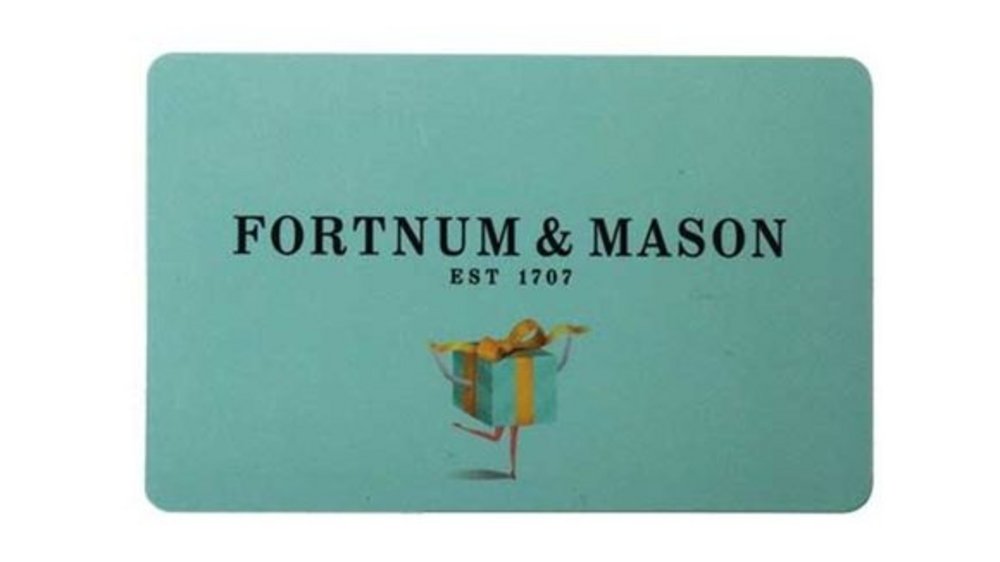
But in recent years the emphasis has shifted, from the owners of premium brands to the makers of premium products, whose personal stories and journeys code premium-ness as an artisan value. These products are shared and created by the very craftsmen striving to develop greater quality products to improve the lives of their peers, not bequeathed to the public in a patronising way from a founder on high.
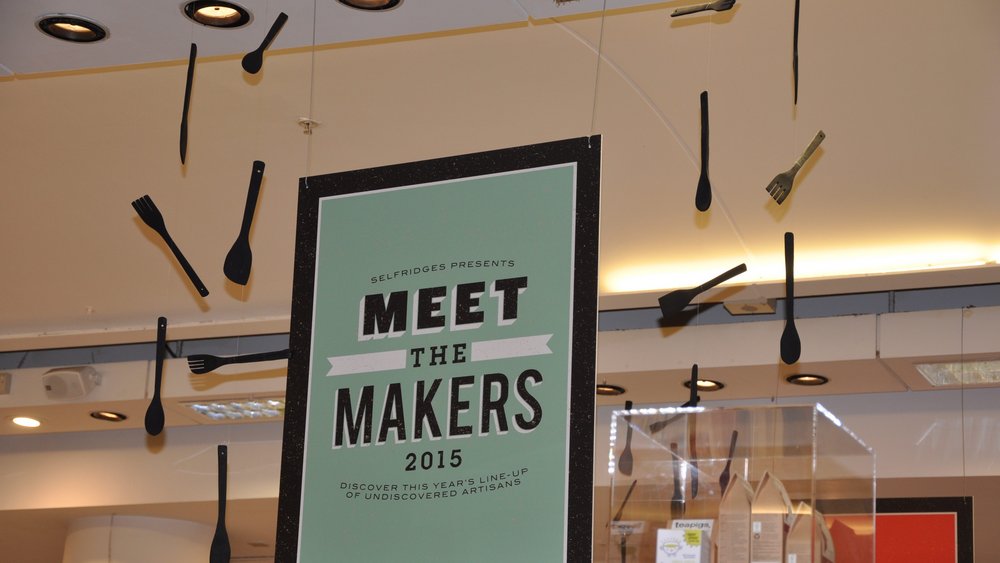
This shift, from founders to crafters, is accompanied by a less refined and deferential tone, in favour of a witty irreverence and playful rebellion, mirrored in bright and expressive colours.
Brands trying to convey premium-ness in years past have employed gold/silver decorative features (e.g. typography) to reflect their preciousness, often setting them against a black background to signal depth and ineffable mystery.

At this time, bright primary colours connoted cheapness and a shallow frivolity that was incompatible with premium-ness.
Again, many brands today are rebelling against these hitherto established cultural cues. Where premium-ness was previously represented by a reliable and comforting repetition of formats, products and recognisable brands, the new premium is represented by exploring unexpected flavour combinations and experimental reinvention of old favourites, creating an exciting realm of discovery and provocation.
All these shifts indicate premium-ness is moving from a dominant narrative of ‘grown-up’ and formulaic indulgence, anchored in a mythic and repetitious aristocratic past, to an emergent narrative of democratic access to quality products made with skill, with a transparent story about origins and motivations. All this is delivered in a playful non-gendered peer-to-peer tone of voice, which ignites creative conversations, instead of speaking down from lofty heights.
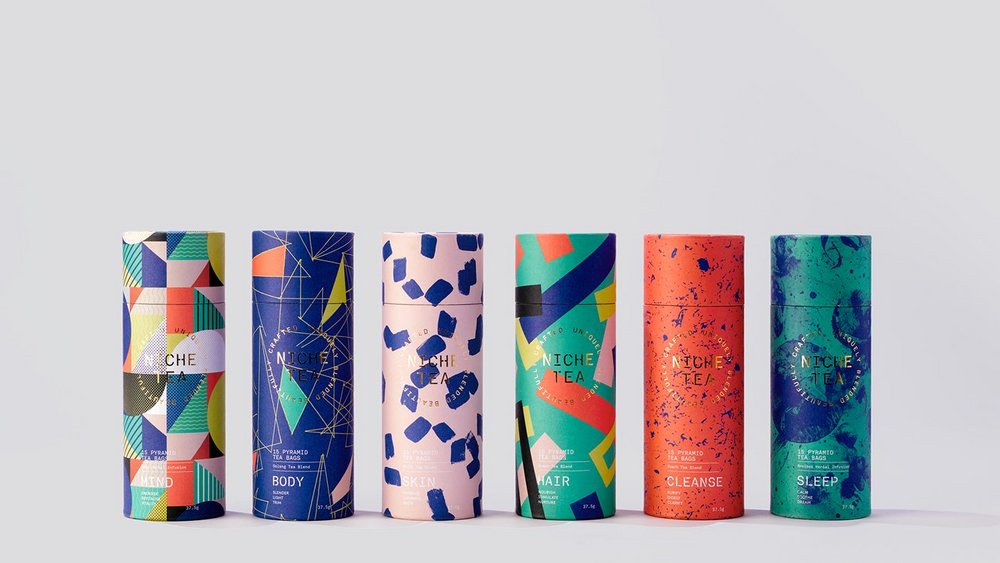
Contagious is a resource that helps brands and agencies achieve the best in commercial creativity. Find out more about Contagious membership here.
Want more of the same? /
We don’t just write about best-in-class campaigns, interviews and trends. Our Members also receive access to briefings, online training, webinars, live events and much more.
